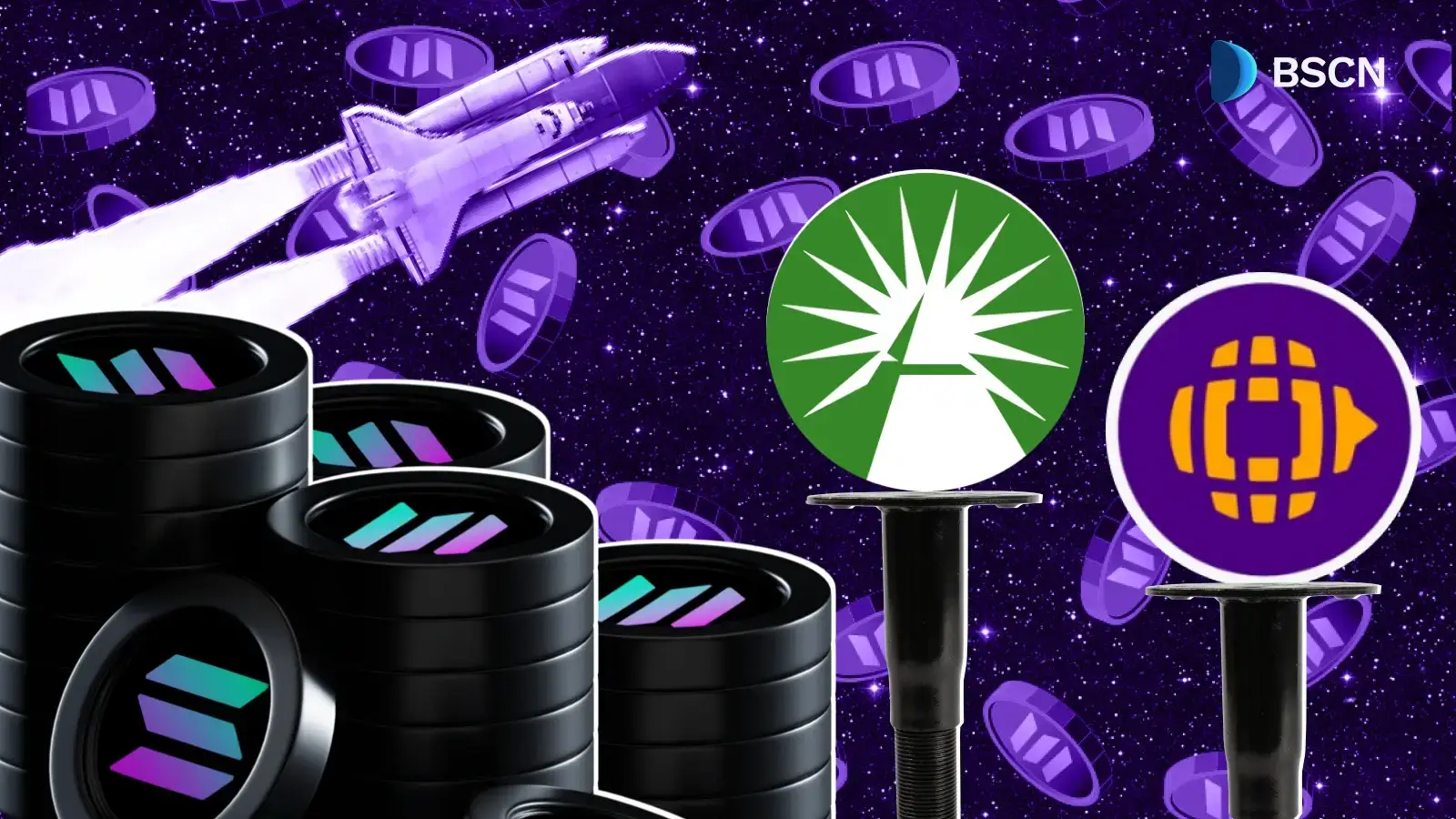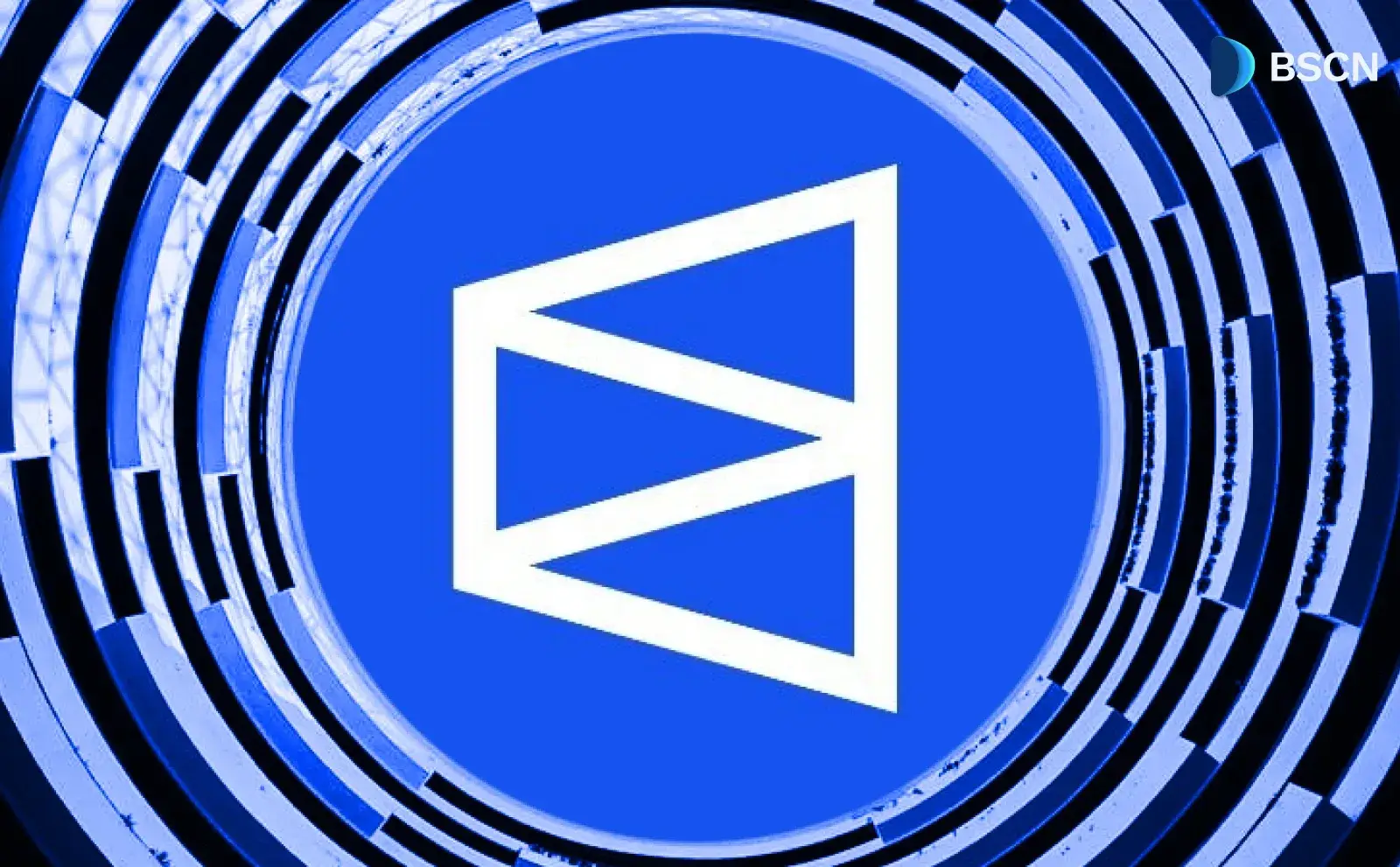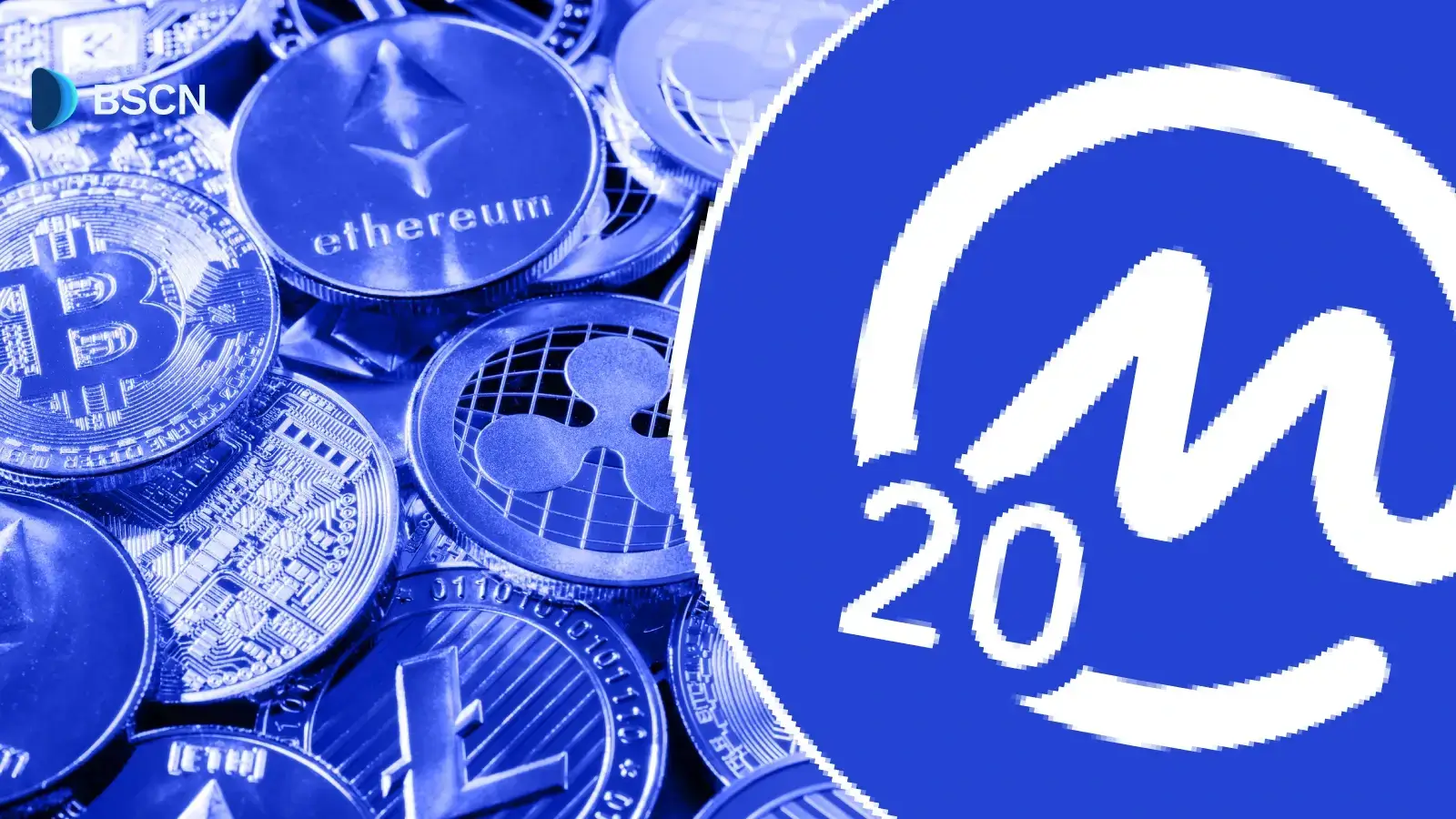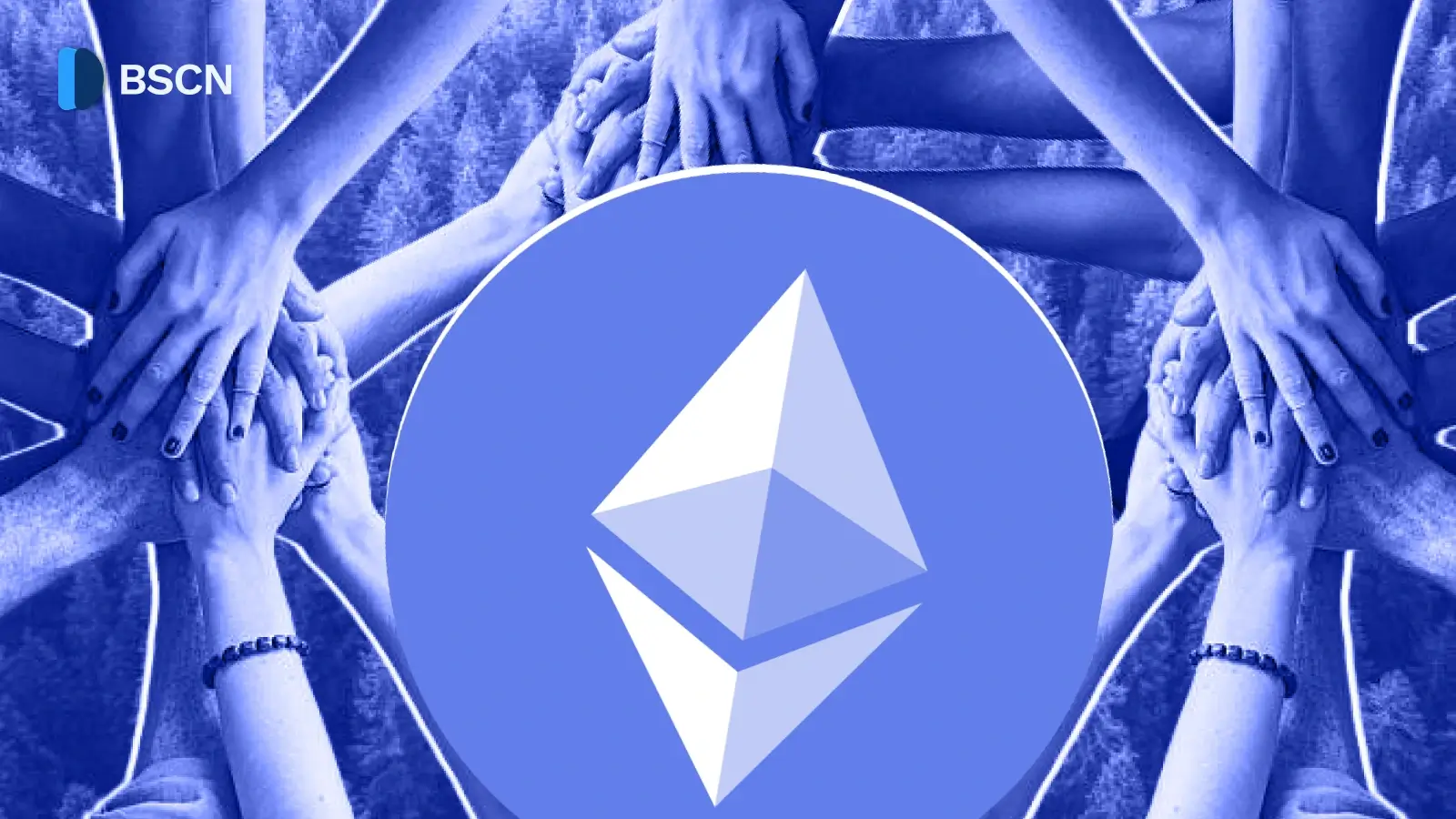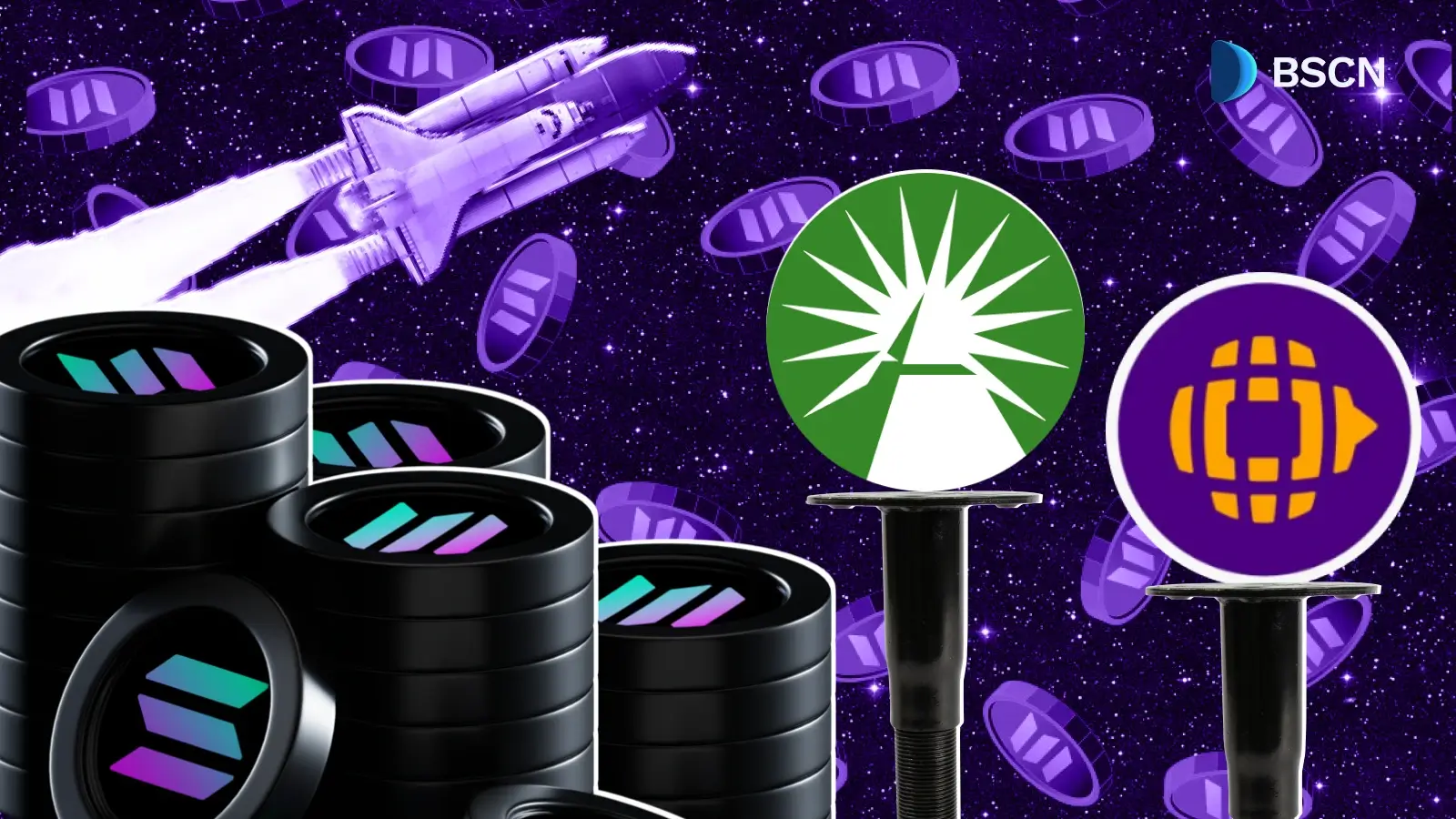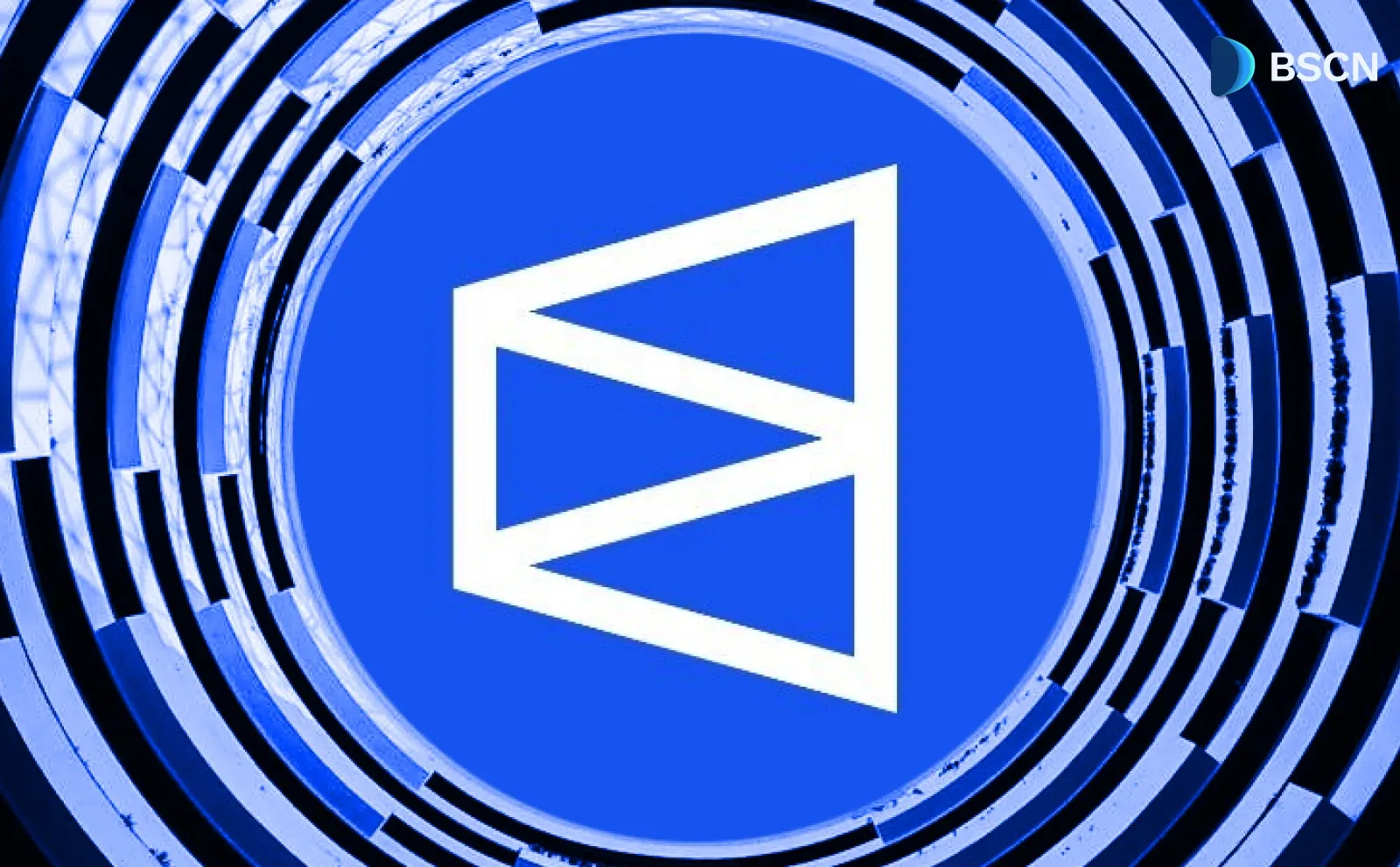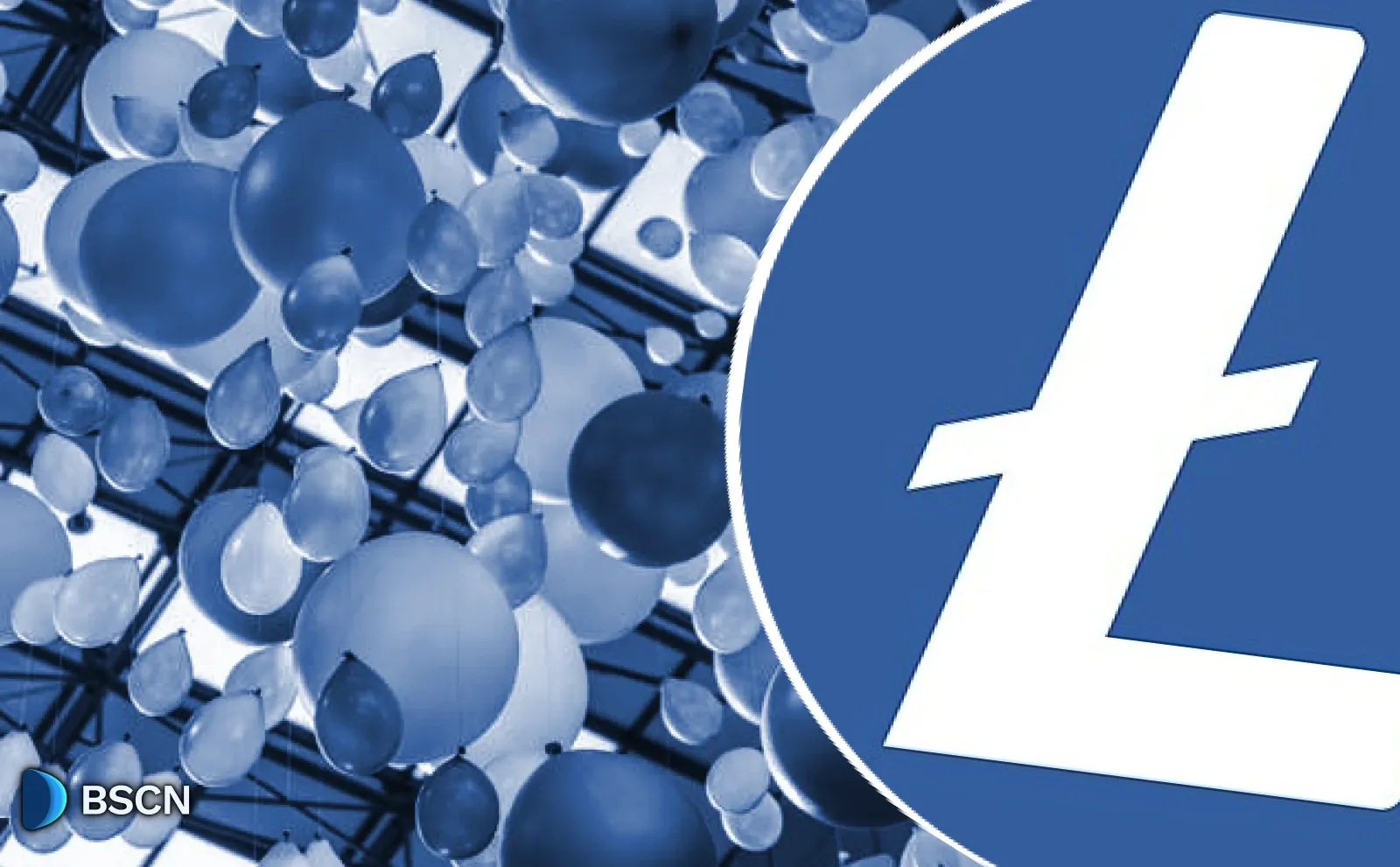News
(Advertisement)
Ethereum Foundation Plans to Unite Every L2 With Interop Layer

Ethereum Foundation introduces the Interop Layer, a system that unifies all L2 networks into a single, wallet-based experience.
Soumen Datta
November 19, 2025
(Advertisement)
Table of Contents
Ethereum Foundation recently unveiled the Ethereum Interop Layer (EIL) to let users interact with all Layer 2 (L2) networks as if they were one chain. This means sending tokens, minting NFTs, and trading across rollups without switching networks or using bridges. It also means wallets and dapps will no longer need to integrate each L2 separately.
The goal is to remove fragmentation across Ethereum L2s and replace it with a single, unified user experience supported by Ethereum’s security model.
What Is the Ethereum Interop Layer?
The Ethereum Interop Layer is a protocol developed by the Ethereum Foundation to unify all EVM-compatible L2 networks. It uses account abstraction (ERC-4337) and wallet-centric design so users can sign one transaction for actions that span multiple chains.
The system aims to solve the challenges created by Ethereum’s rapid scaling through rollups, where tokens, balances, and gas fees are spread across several L2s such as Arbitrum, Base, Optimism, Scroll, Linea, and others.
EIL introduces a single access point inside the user’s wallet, making all L2 operations feel like interactions on one network.
Why Fragmentation Became a Problem
Ethereum’s rollup strategy increased throughput and lowered fees, but it also created a new issue: users became responsible for managing several chains at once.
Today, users must:
- Track where tokens are stored
- Use bridges to move assets
- Manage gas across different networks
- Switch RPCs in wallets
- Understand chain IDs and network names
Developers also face heavy integration work. Every new L2 requires custom support inside apps and wallets, slowing down user adoption.
The Ethereum Interop Layer is designed to remove these steps entirely.
How the Ethereum Interop Layer Works
EIL works at the wallet level. Instead of relying on bridges, relayers, or off-chain operators, the wallet initiates and settles transactions directly across L2s using onchain logic.
A few core components make this possible:
- ERC-4337 account abstraction for programmable user accounts
- The Trustless Manifesto principles, which ensure minimal trust assumptions
- Onchain contracts instead of centralized services
- Trustless liquidity providers that never see user transactions
- Automatic chain detection inside the wallet
The system resembles how the HTTP protocol unified the early internet. Wallets will act like browsers. Rollups will act like servers behind a single user interface.
For v1, L2s only need to meet three requirements:
- Settle to Ethereum L1
- Expose a canonical bridge
- Be EVM-compatible
This makes the protocol automatically compatible with the entire EVM rollup ecosystem.
User Experience: What EIL Looks Like in Practice
EIL focuses on making cross-chain activity simple and predictable. Users sign once and the wallet handles the rest.
Common examples:
Cross-chain token transfer
Alice has USDC on Arbitrum. Bob is on Base. She selects “Send USDC to Bob.” One click. One signature. The wallet handles everything.
Cross-chain NFT mint
Alice holds ETH on Arbitrum and Scroll. She mints an NFT on Linea. Her wallet consolidates balances and moves gas across chains seamlessly.
Cross-chain swap
Alice wants to use liquidity on an Optimism DEX while holding assets on Arbitrum. She signs one swap request. Her wallet finds the path, executes the trade, and settles the result back on Arbitrum.
Developer Impact and Reduced Integration Work
For developers, EIL reduces significant overhead.
Key benefits:
- No more custom integrations for each L2
- New rollups become plug-and-play
- Wallets and dapps become multichain-native by default
- No reliance on relayers or centralized operators
- Faster onboarding for new users
This shifts the work from fragmented app-level integrations to a universal wallet-level capability.
The Ethereum Foundation has already launched a demo app called Stitch, which aggregates cross-chain actions to show how EIL works in practice.
Ambire Wallet has also implemented EIL in its public codebase and plans to support mainnet.
As of November 18, EIL is open for public testing on testnet. A mainnet rollout will follow after audits and community feedback.
Security Model: Trust Assumptions Stay Minimal
Ethereum emphasizes self-custody, censorship resistance, permissionless access, and verifiable onchain execution. EIL keeps all of these intact.
It avoids:
- Relayers seeing user transactions
- External solvers controlling paths
- Third-party servers influencing settlement
- New trust assumptions added on top of rollups
Instead, the wallet and onchain contracts perform all logic. Liquidity providers only provide funds; they never interact with users directly.
Impact on Existing Intermediaries
If EIL reaches broad adoption, many intermediaries that currently enable cross-chain activity may lose relevance.
These include:
- Bridge relayers
- Solvers
- Routing services
- Custom interoperability providers
Because users will no longer need external actors to move assets across L2s, up to 80%–90% of their volumes could disappear.
These businesses will need to adapt or risk becoming obsolete.
The Ethereum Foundation notes that EIL is not changing any L2 architecture. Instead, it acts as a universal remote that unifies how users interact with all rollups.
Why the Interop Layer Matters for Ethereum
Ethereum holds over $116.28 billion in total value locked (TVL) and remains the world’s largest smart contract platform. Yet fragmentation across L2s remains the biggest usability barrier.
EIL addresses this by restoring the feeling of “one Ethereum”:
- One wallet
- One signature
- One unified ecosystem
- Many rollups behind the scenes
This supports Ethereum’s long-term goals of decentralization, global access, and verifiable computation across a scalable network.
Conclusion
The Ethereum Interop Layer aims to unify the growing L2 ecosystem without adding new trust assumptions or compromising security. It centralizes multichain logic inside wallets, removes the need for bridges and manual network switching, and gives developers a consistent way to support all EVM rollups.
EIL maintains Ethereum’s core principles while improving usability across many networks. With public testing underway and early integrations already visible, the protocol is positioned to simplify how users and developers interact with the broader Ethereum ecosystem.
Resources:
Ethereum Foundation blog article - Making Ethereum Feel Like One Chain Again: https://blog.ethereum.org/2025/11/18/eil
Ethereum Foundation blog article - Protocol Update 003 — Improve UX: https://blog.ethereum.org/en/2025/08/29/protocol-update-003
Ethereum TVL data: https://defillama.com/chain/Ethereum
Read Next...
Frequently Asked Questions
What is the Ethereum Interop Layer?
The Ethereum Interop Layer is a protocol that lets users interact with all Ethereum L2 networks through one wallet experience, without switching networks or using bridges.
How does EIL handle cross-chain actions?
Users sign one transaction. The wallet uses onchain logic built on ERC-4337 to execute actions across multiple L2s without introducing new trust assumptions.
Does EIL require each L2 to integrate it manually?
No. Any EVM-compatible rollup that settles to Ethereum and exposes a canonical bridge is automatically compatible.
Disclaimer
Disclaimer: The views expressed in this article do not necessarily represent the views of BSCN. The information provided in this article is for educational and entertainment purposes only and should not be construed as investment advice, or advice of any kind. BSCN assumes no responsibility for any investment decisions made based on the information provided in this article. If you believe that the article should be amended, please reach out to the BSCN team by emailing [email protected].
Author
 Soumen Datta
Soumen DattaSoumen has been a crypto researcher since 2020 and holds a master’s in Physics. His writing and research has been published by publications such as CryptoSlate and DailyCoin, as well as BSCN. His areas of focus include Bitcoin, DeFi, and high-potential altcoins like Ethereum, Solana, XRP, and Chainlink. He combines analytical depth with journalistic clarity to deliver insights for both newcomers and seasoned crypto readers.
(Advertisement)
Latest News
(Advertisement)
Crypto Project & Token Reviews
Project & Token Reviews
Comprehensive reviews of crypto's most interesting projects and assets
Learn about the hottest projects & tokens
